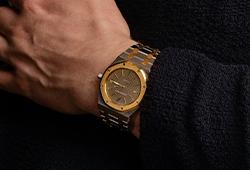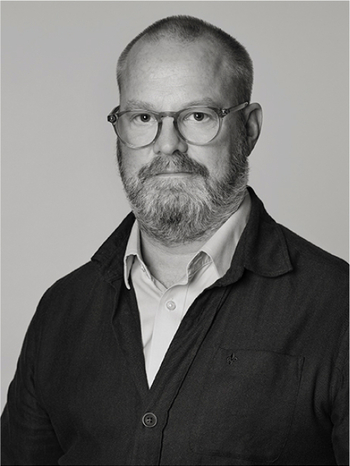Anders Zorn
Anders Zorn, "E. R. Bacon"
Etching, 1897, signed in pencil. P. 23.9 x 15.7 cm.
Not examined out of the frame.
Kirjallisuus
Asplund 116, Hjert & Hjert 77.
Muut tiedot
Edward Rathbone Bacon (1848-1915) was a lawyer and also worked with several railway companies. Bacon served for many years as vice president of the Baltimore and Ohio Railroad, and as president of the Baltimore and Ohio Southwestern Railroad. He also worked as an attorney. Bacon died on December 2, 1915, in Baltimore, Maryland, due to a failed appendectomy.
Bacon worked in an office on Wall Street in New York. He frequently travelled to Europe, where he purchased many of the works that formed his extensive art collection. He was included in the list of notable individuals arriving from Europe to New York City in The New York Times on October 13, 1895.
Edward Bacon owned an extensive collection of Old Master paintings and Chinese art objects. He kept his collection private and never consented to lend paintings from his collection for public exhibition. An article in American Art News published after Bacon's death stated that "It is strange that no magazine has published anything about his collection or even hinted at him as an art collector, and yet he was well known to the art world as an art lover and collector."
Bacon began collecting art about 25 years before his death. He initially collected paintings by well-known contemporary artists (including Zorn) and then moved on to French 18th-century works, later beginning to collect English portraits from the 18th century. Eventually, he turned to the Italian primitives, a group "that does not attract the uneducated." Referring to his collection of Chinese art, John Getz wrote that Edward Bacon was "among the connoisseurs who long ago recognised the beauty and intrinsic value of Chinese art as manifested in ceramics." Bacon kept his collection in the Upper East Side apartment he shared with his brother and sister-in-law.

































